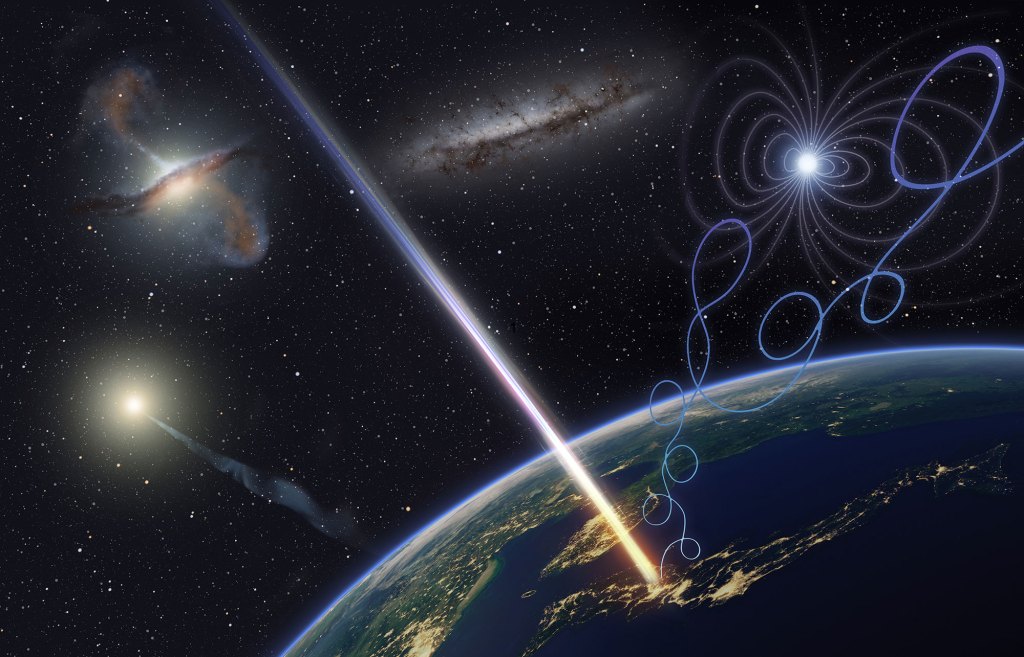The Sun, a giant nuclear fusion reactor that our planet orbits, is the most powerful entity in the solar system and essential to life on Earth. Despite this, our star is one of the least understood objects in our cosmic neighborhood.
Enter the Big Red Ball (BRB), a “mini-Sun” at the University of Wisconsin-Madison built to simulate solar dynamics in a laboratory setting.
Videos by VICE
In a study published on Monday in Nature Physics, scientists demonstrated that the newly-operational BRB can mimic some of the Sun’s most complex properties.
For example, the researchers used the BRB to recreate a structure called the Parker spiral, formed from magnetic field lines shaped by the Sun’s rotation. The researchers were also able to detect fast-moving plasma within magnetically weak regions of the BRB; analogous conditions on the Sun can cause plasmoid “burps” that erupt and fuel the solar wind, which is a flow of charged particles emitted by our star.
“Our experiments were the first time creating a rotating stellar wind,” lead author and UW-Madison graduate student Ethan Peterson said in an email.
“I think the most exciting thing was just realizing that laboratory experiments are getting really good at being able to understand the fundamental processes happening in the solar wind,” he added.
Building a miniature Sun sounds like a plot arc for a Bond movie, and the BRB somewhat looks the part.
The machine is a three-meter-wide hollow sphere with a powerful magnet at its core that can be filled with helium gas, which is one of the major components of the Sun. The gas is ionized to form a plasma, which is a superhot state of matter created in stars. Finally, an electric current is introduced which causes the plasma to rotate, simulating the spinning of the Sun.
While the BRB is not a replacement for space missions to our star, such as NASA’s Parker Solar Probe, it does provide an Earth-based platform for interrogating solar phenomena in more detail. While missions like Parker collect data from the actual environment of the Sun, machines like BRB can try to recreate those conditions in the laboratory.
This combination of approaches may finally resolve some of the biggest mysteries about the Sun, including the unexplained speed boost that propels the solar wind into the rest of the solar system. This is an important process to understand because the solar wind can disrupt satellites, electronics, and power grids here on Earth.
“Probably the biggest unanswered question about the solar wind that the BRB might be able to help with is understanding how all portions of the solar wind are accelerated away from the Sun,” Peterson said. “Parker Solar Probe will provide really great data on this as it gets closer to the Sun.”




